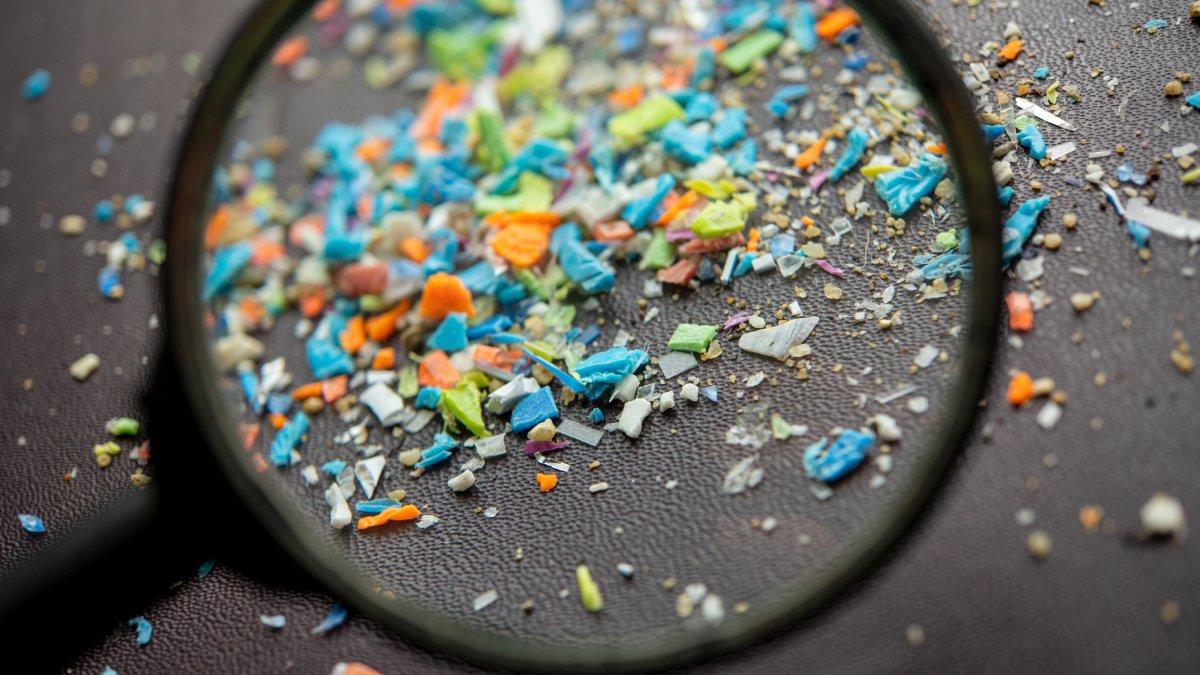Warning as Microplastics Escape Gut to ‘Infiltrate’ Brain
Microplastics are everywhere—in our food, our water and even the air. In fact, by some estimates we ingest about a credit card’s worth of plastic every single week. But what actually happens when these tiny plastic particles get inside our bodies?
Microplastics are any plastics smaller than 5 millimeters (0.2 inches) long. They are often found in industrial waste and beauty products but can also form larger pieces of plastic breakdown over time. Many of these plastic pieces end up in our oceans, which are estimated to contain somewhere between 50 trillion and 75 trillion pieces of micro- and larger plastics, according to UNESCO’s Ocean Literacy Portal.
“They appear to be everywhere,” said Eliseo Castillo, an associate professor in the Division of Gastroenterology and Hepatology at the University of New Mexico, in a statement.

The widespread nature of these plastic particles is particularly concerning as the chemicals they contain have been shown to disrupt our body’s natural release of hormones, potentially increasing our risk of reproductive disorders and certain cancers. They can also carry toxins on their surface, like heavy metals.
Previous research has shown that microplastics might affect the balance of healthy bacteria in our guts. But according to research by Castillo and his team, these particles don’t just stay put in our digestive systems.
In a study published in the journal Environmental Health Perspectives, Castillo and his colleagues exposed a group of mice to microplastics in their drinking water, equivalent to the concentrations we are exposed to on a daily basis.
After four weeks, the team found that these microplastics had extended far beyond the mice’s guts, infiltrating tissues in their livers, kidneys and even their brains.
…click on the above link to read the rest of the article…